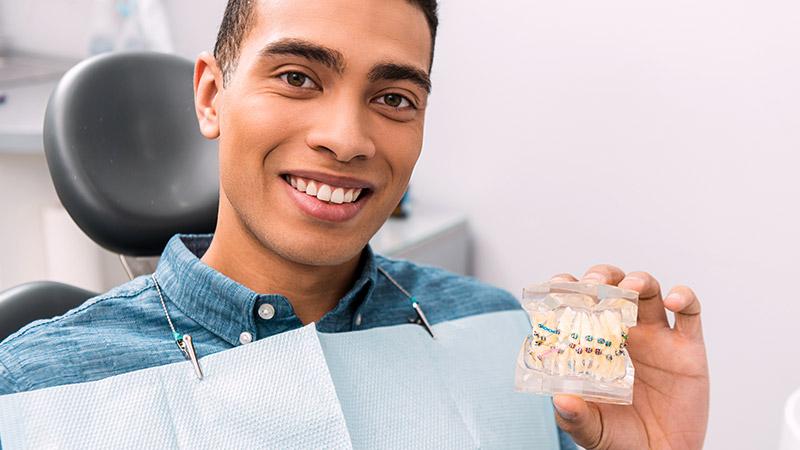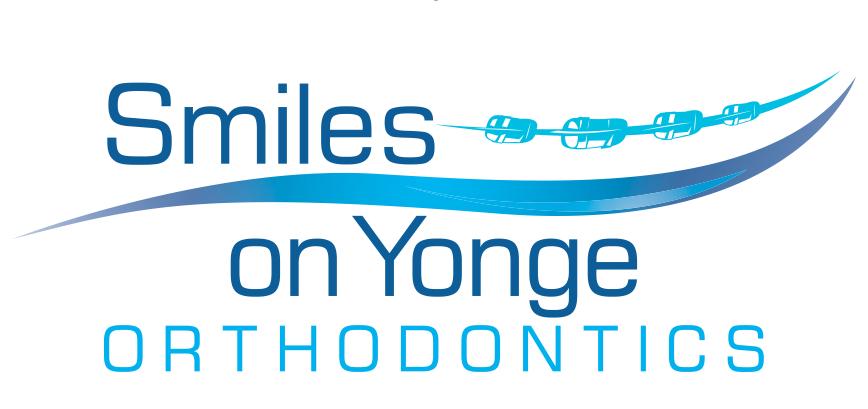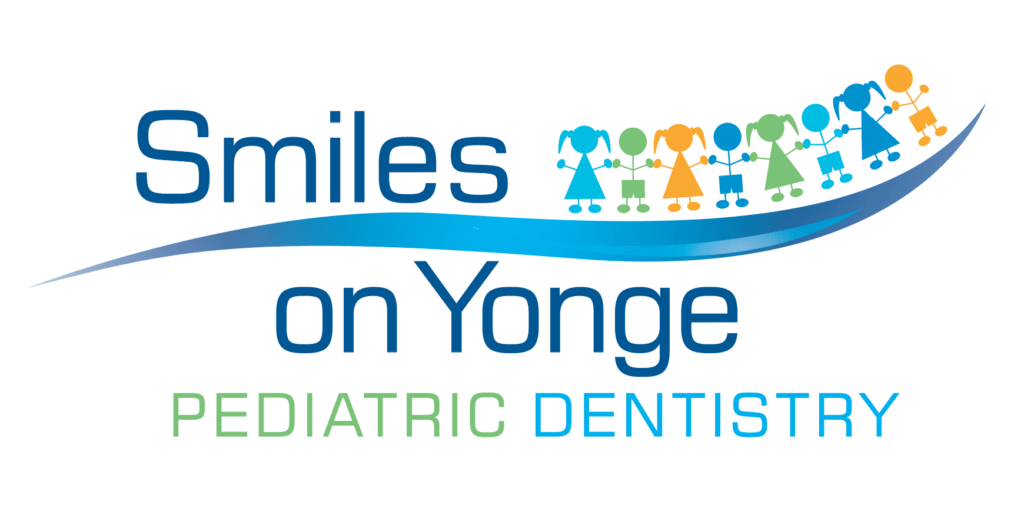
ORTHODONTICS
Two-Phase Treatment

Two-Phase Treatment at Smiles On Yonge
What is the advantage of two-phase orthodontic treatment?
Two-phase orthodontic treatment is a specialized process that combines tooth straightening and physical, facial changes. The purpose is to maximize the opportunity to accomplish the ideal healthy, functional, and aesthetic result that will remain stable throughout your child’s life.
What if treatment is put off?
Putting off treatment can result in a need for more invasive treatment later in life that may not completely fix your child’s smile. Early treatment is most effective for achieving lasting results.
Phase One
The goal of Phase-One treatment is to help the jaw develop in a way that will accommodate all of the permanent teeth and improve the way the upper and lower jaws fit together. Children often exhibit early signs of jaw problems as they grow and develop. An upper jaw that is growing too much or is too narrow can be recognized at an early age.
If children over the age of six are found to have this jaw discrepancy, they are candidates for early orthodontic treatment. Also, if children around the age of eight have crowded front teeth, early treatment can prevent the need to extract permanent teeth later.
Signs you should consider child orthodontics
There is a number of signs that indicate whether your children could benefit from orthodontics. The following points will help you decide if braces should be considered:
- Losing baby teeth early or late
- Problems with chewing or biting
- Thumb or finger sucking after the age of five
- Considerable speech impediments
- Breathing primarily through the mouth
- Protruding teeth in the form of an overbite or underbite
- Severe crowding of the front teeth
Planning now can save your child’s smile later
Children benefit tremendously from early-phase treatment. Receiving early treatment from Dr. Rashed may avoid the removal of permanent teeth later in life, or the need for surgical procedures to realign the jaws.
Making records to determine your child’s unique treatment
Orthodontic records will be necessary to determine the type of appliances to be used, the duration of treatment time, and the frequency of visits. Records consist of models of the teeth, X-rays, and photographs. During your youngster’s initial consultation, our dentists will take records to determine if early treatment is necessary.
Resting Period
In this phase, the remaining permanent teeth are left alone as they erupt. Retaining devices may not be recommended if they might interfere with eruption. It is best to allow the existing permanent teeth some freedom of movement.
A successful first phase will have created room for permanent teeth to find an eruption path. Otherwise, they may become impacted or severely displaced.
Monitoring the teeth’s progress
At the end of the first phase of treatment, teeth are not in their final positions. This will be determined and accomplished in the second phase of treatment.
Selective removal of certain primary (baby) teeth may be in the best interest of enhancing eruption during this resting phase. Therefore, periodic recall appointments for observation are necessary, usually on a six-month basis.
Phase Two
The goal of the second phase is to make sure each tooth has an exact location in the mouth where it is in harmony with the lips, cheeks, tongue, and other teeth. When this equilibrium is established, the teeth will function together properly. Phase Two usually involves full upper and lower braces.
At the beginning of the first phase, orthodontic records were made and a diagnosis and treatment plan was established. Certain types of appliances were used in the first phase to correct and realign the teeth and jaw.
The second phase begins when all permanent teeth have appeared, and usually requires braces on all the teeth for an average of 24 months. Retainers are worn after this phase to ensure your child retains his or her beautiful smile.
Two-Phase Treatment FAQs
Two-Phase Treatment aims to address orthodontic issues early, promoting optimal jaw development, creating space for permanent teeth, and improving facial symmetry. These benefits contribute to a child’s long-term oral health and a confident smile.
A thorough examination, including X-rays and assessments of jaw development and dental alignment, helps determine if a child is a candidate for Two-Phase Treatment. The orthodontist considers factors such as facial growth patterns, tooth eruption, and bite alignment.
While braces are common in the comprehensive treatment phase, the need for braces during the early intervention phase varies. Some children may require specific appliances or devices to address developmental issues before transitioning to traditional braces later on.
Clinic Hours
Tuesday
Wednesday
Thursday
Friday
Saturday
9:30am – 6:30pm
8:00am – 4:00pm
9:30am – 6:30pm
10:00am – 4:00pm
by appointment only
Other Orthodontics Services
SEE INSIDE OUR OFFICE
Welcome to your trusted Ortho-Pedo Practice in Richmond Hill
Smiles on Yonge
Monday: 8:00am - 4:00pm
Tuesday: 9:30am - 6:30pm
Wednesday: 8:00am - 4:00pm
Thursday: 9:30am - 6:30pm
Friday: 10:00am - 4:00pm
Saturday: by appointment only
Keep in Touch!
Recent Posts


How can parents help prevent tooth decay?

Mamelons

Aftercare: How Soon Can I Brush My Teeth After A Filling?
Contact Us
Privacy Policy | Terms of Use | Sitemap
A Dentistfind Website


